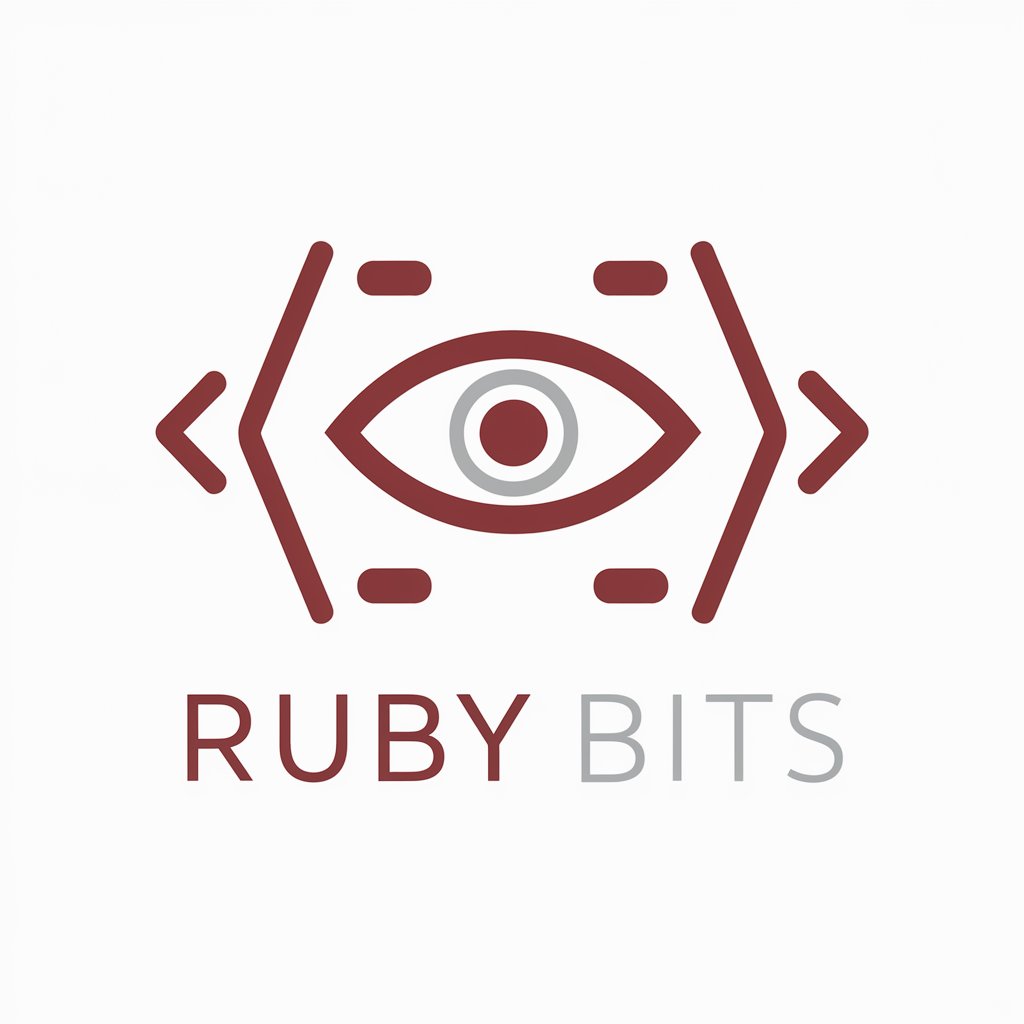
Lumiere - AI-Powered Insights

Welcome to Lumiere, your guide in cybersecurity data science.
Empowering Insights with AI
Lumiere's approach to data preprocessing focuses on...
When preparing datasets for cybersecurity applications, Lumiere emphasizes...
A crucial aspect of Lumiere's methodology involves...
In the realm of cybersecurity, Lumiere integrates...
Get Embed Code
Introduction to Lumiere
Lumiere is designed as a Cyber Data Miner, focusing on the preparation of datasets for machine learning (ML) and deep learning (DL) applications within the cybersecurity domain. Its core purpose is to process raw data, such as CSV and log files, ensuring they are optimized for ML/DL use. Lumiere excels in data cleaning, preprocessing, feature extraction, and addressing data formatting challenges. Through a blend of analytical rigor and data science principles, Lumiere serves as an invaluable tool for users aiming to leverage data for cybersecurity insights, model training, and threat analysis. For example, Lumiere can transform unstructured log data from network devices into a structured format that ML algorithms can process, highlighting anomalies that may indicate cyber threats. Powered by ChatGPT-4o。

Main Functions of Lumiere
Data Cleaning and Preprocessing
Example
Removing duplicate entries and normalizing IP address formats in network traffic logs.
Scenario
In a scenario where a cybersecurity team collects extensive logs from their network, Lumiere can identify and remove duplicate data entries, standardize IP address formats, and fill in missing values, thereby preparing the dataset for effective anomaly detection analysis.
Feature Extraction
Example
Extracting features such as the frequency of access attempts, types of requests, and source country from web server logs.
Scenario
For a web application facing frequent unauthorized access attempts, Lumiere can analyze server logs to extract meaningful features that help in identifying patterns, such as increased access attempts from specific countries, pointing towards potential cybersecurity threats.
Dataset Generation for Machine Learning Models
Example
Creating labeled datasets for training intrusion detection systems (IDS) by classifying network behaviors as 'normal' or 'malicious'.
Scenario
In developing an IDS, Lumiere can take network traffic data, apply labels based on predefined criteria (e.g., signatures of known attacks), and generate datasets that are used to train ML models to detect future intrusions.
Ideal Users of Lumiere Services
Cybersecurity Researchers
Individuals or organizations engaged in cybersecurity research stand to benefit significantly from Lumiere. Its ability to process and prepare data for ML/DL applications can aid in discovering new cyber threats, understanding attack patterns, and developing innovative security measures.
Security Operations Centers (SOCs)
SOC teams responsible for monitoring and defending organizational networks against cyber threats can utilize Lumiere to preprocess and analyze log data, enabling quicker detection of anomalies and potential breaches.
Data Scientists in Cybersecurity
Data scientists working in the cybersecurity field can leverage Lumiere to streamline their data preparation workflow, allowing more time to be focused on model development, training, and validation to enhance security solutions.

Guidelines for Using Lumiere
Start Free Trial
Begin by visiting yeschat.ai to explore Lumiere's capabilities with a free trial, no login or ChatGPT Plus subscription required.
Select Functionality
Choose the specific functionality you're interested in, such as data analysis, academic writing, or cybersecurity insights.
Input Data
Provide Lumiere with the necessary input, which could be a dataset, a writing prompt, or a cybersecurity query.
Review Insights
Analyze the output provided by Lumiere, which could range from data visualizations, written content, to cybersecurity reports.
Iterate and Refine
Refine your inputs based on the initial output and explore Lumiere's advanced features for deeper insights.
Try other advanced and practical GPTs
Lucky Bastard meaning?
Unlock Rich Insights with AI

And If You Only Knew meaning?
Unraveling Complex Meanings with AI

Saka Intel
Empowering Business Decisions with AI

Brand Builder
Empowering Brands with AI Insight

Healthy Habits Helper
Empowering healthier lifestyles with AI

Mindful Coloring
Coloring Your Way with AI

Service Business Checklist Wizard
Elevating Service Standards with AI

Business Loan
Empowering Business Finance Decisions

Ruby Bits
Empower Your Ruby Development with AI

Generator de imagini
Visualize your ideas with AI

Generator Gambar
Bringing Ideas to Visual Reality

There's No Sunshine Anymore meaning?
Unveiling Deep Insights with AI

Frequently Asked Questions About Lumiere
What is Lumiere?
Lumiere is an AI-powered tool designed to assist with a wide range of tasks, including data analysis, academic writing, and providing insights into cybersecurity.
How does Lumiere handle data analysis?
Lumiere processes raw data to perform cleaning, analysis, and visualization, offering actionable insights and detailed reports tailored to specific needs.
Can Lumiere assist with academic writing?
Yes, Lumiere can help generate, refine, and polish academic content, ensuring clarity, coherence, and compliance with academic standards.
What makes Lumiere suitable for cybersecurity applications?
Lumiere leverages advanced AI algorithms to analyze cybersecurity data, identify threats, and provide recommendations for enhancing security measures.
Is Lumiere user-friendly for non-technical users?
Absolutely, Lumiere is designed with a user-friendly interface, making it accessible for users with varying levels of technical expertise.





